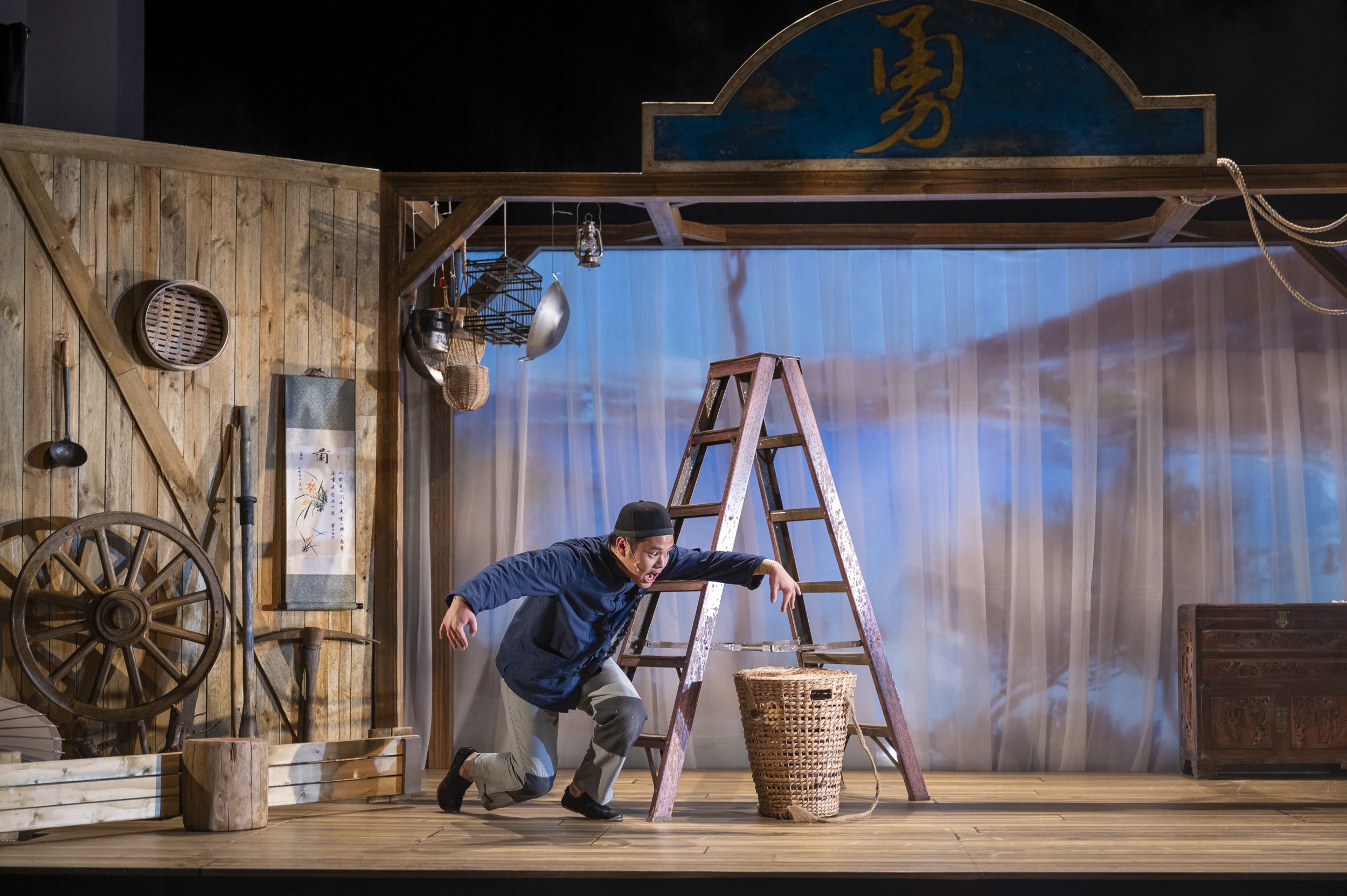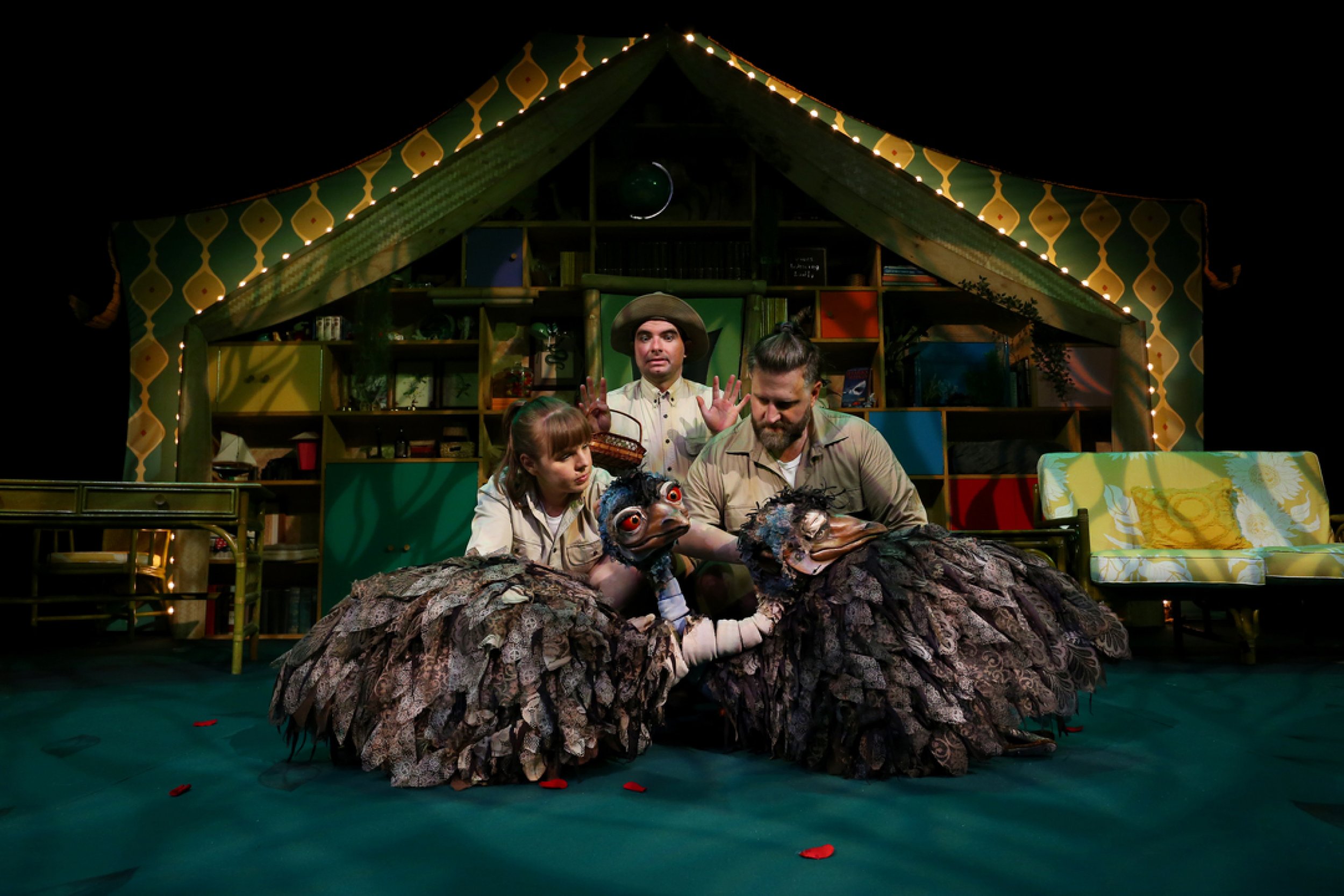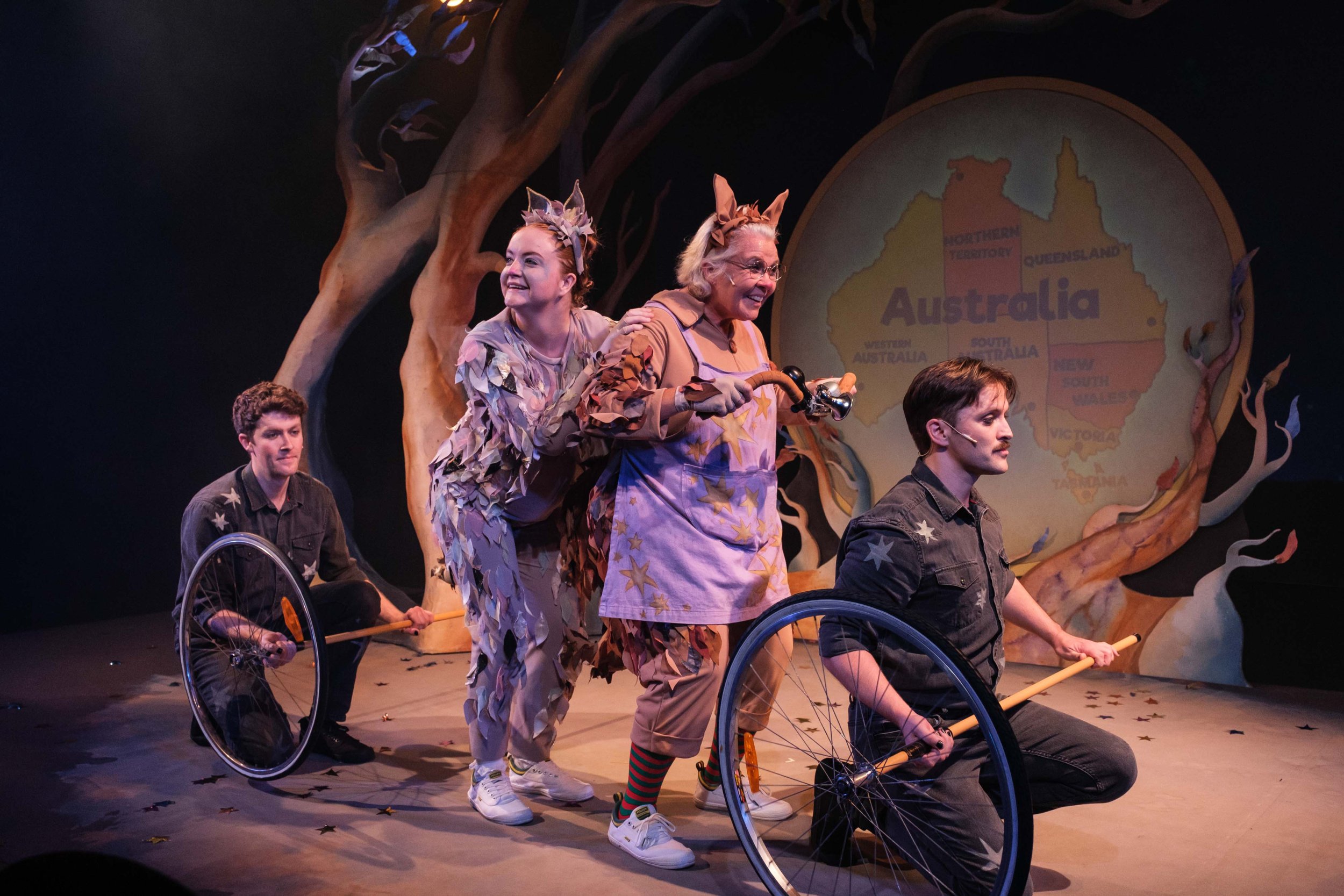Identity and cultural belonging: The theme of identity and cultural belonging is central to Yong's story. As he leaves his Chinese village and ventures to the Australian goldfields, he is confronted with the challenge of maintaining his cultural identity in a foreign land. He grapples with questions of who he is and where he truly belongs. The tension between embracing his Chinese heritage and assimilating into Australian society is a constant struggle for Yong. This theme highlights the universal human need to connect with our roots while navigating the complexities of a new environment.
Family dynamics and relationships: Yong's relationship with his father is a focal point of the play. Their journey together is fraught with emotional complexities. Yong's internal conflict between his duty as an honorable son and his personal desires creates tension between him and his father. This theme delves into the sacrifices families make for each other, the expectations placed on individuals within a family, and the ways in which love and loyalty can be both binding and challenging.
Resilience and personal growth: Throughout the play, Yong faces a series of challenges that test his resilience and inner strength. The hardships he encounters on his journey, such as adapting to a new culture, surviving in harsh conditions and facing adversity, lead to his personal growth. His ability to overcome obstacles and emerge stronger underscores the theme of resilience. The audience witnesses Yong's evolution from a reluctant traveler to a determined and empowered individual who discovers capacities within himself that he never knew existed.
Migration and cultural exchange: The theme of migration and cultural exchange is embodied in Yong's journey from China to Australia. This journey represents the broader human experience of seeking a new life in a new land. The interactions between different communities in the goldfields, including Chinese immigrants and others drawn to the prospect of gold, illustrate the complexities of cultural exchange. This theme sheds light on the ways in which individuals from diverse backgrounds come into contact, interact and influence each other's lives.



















